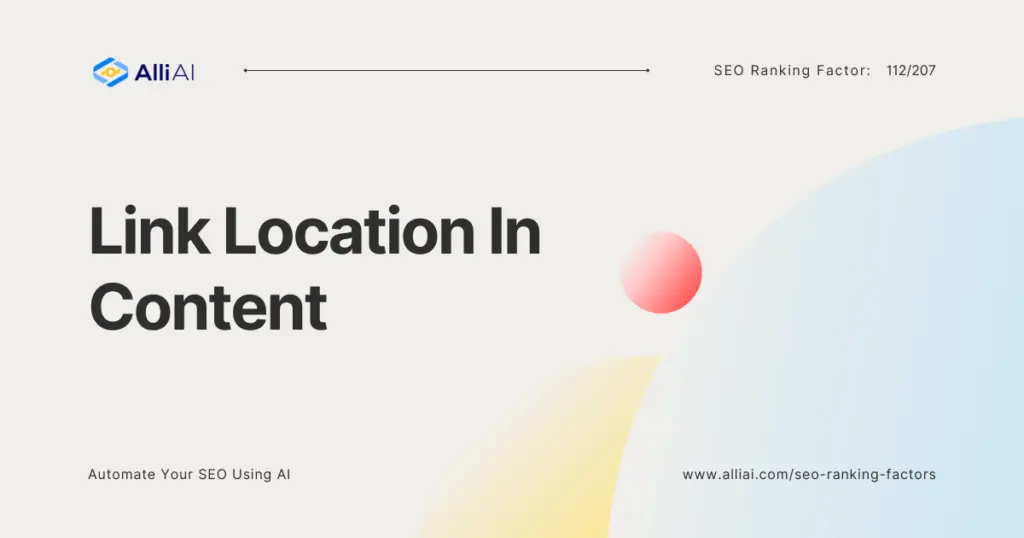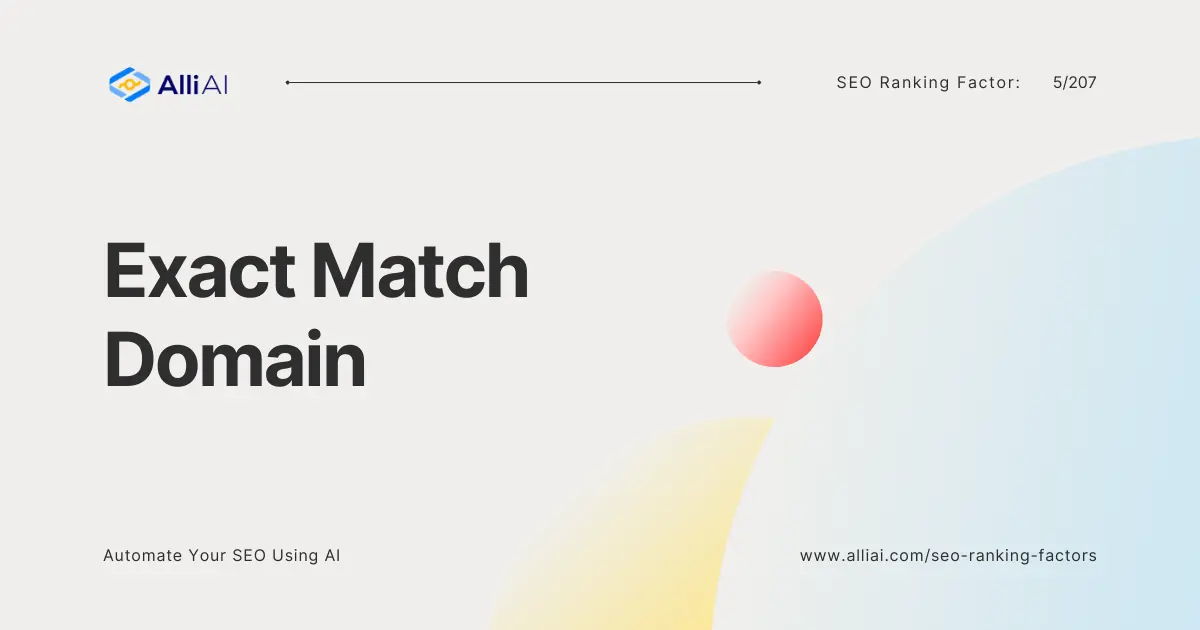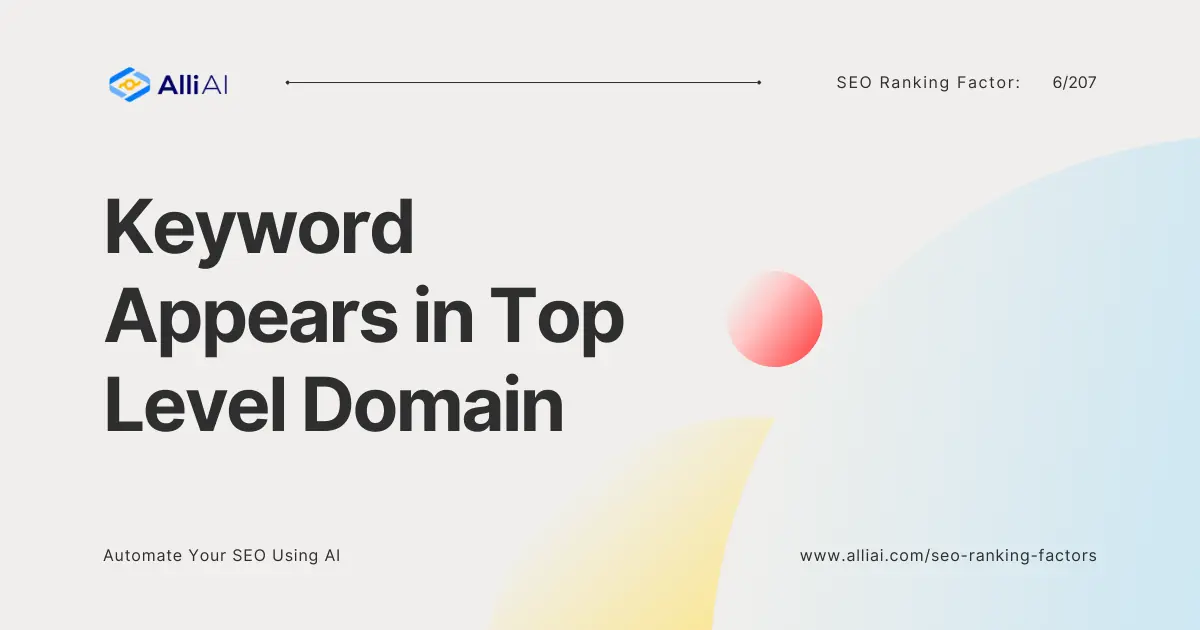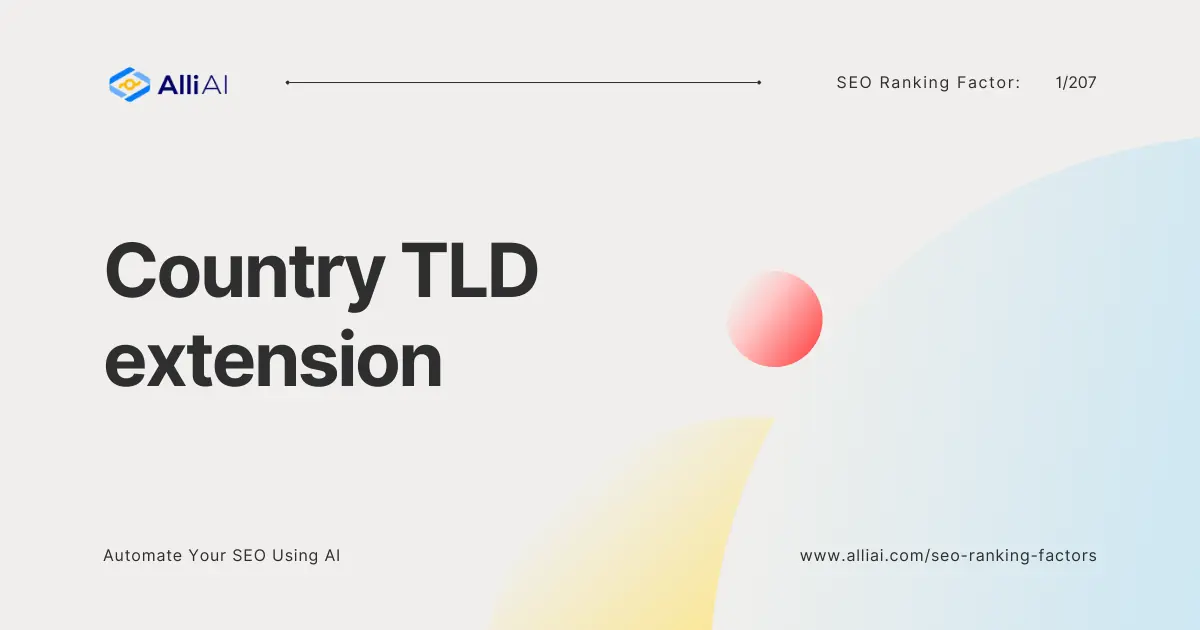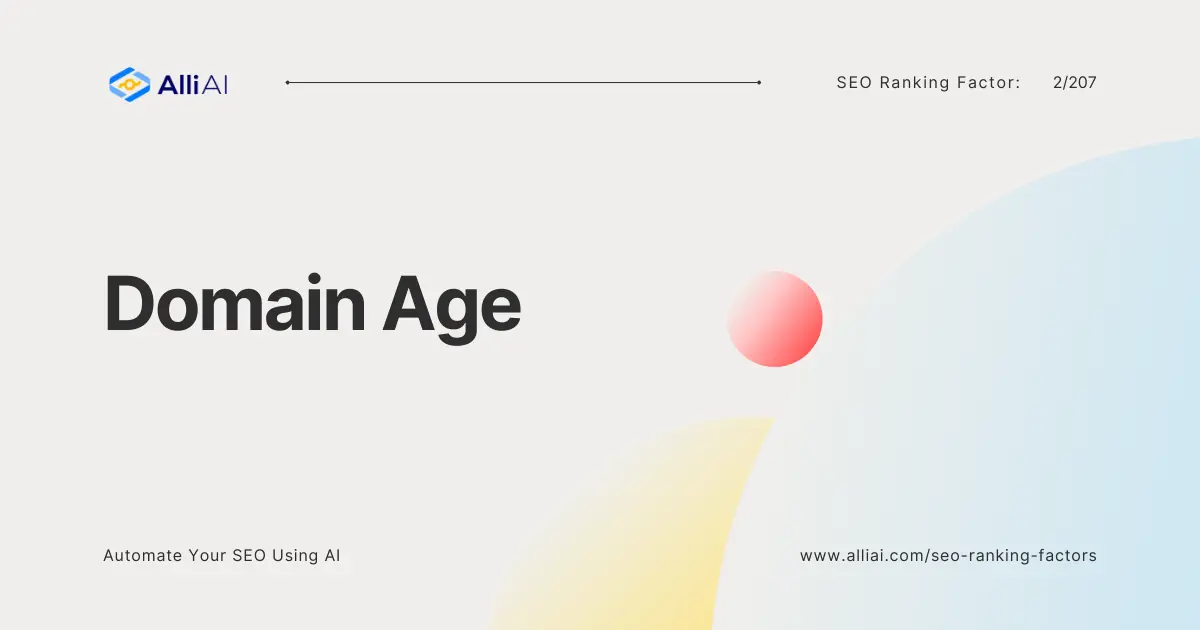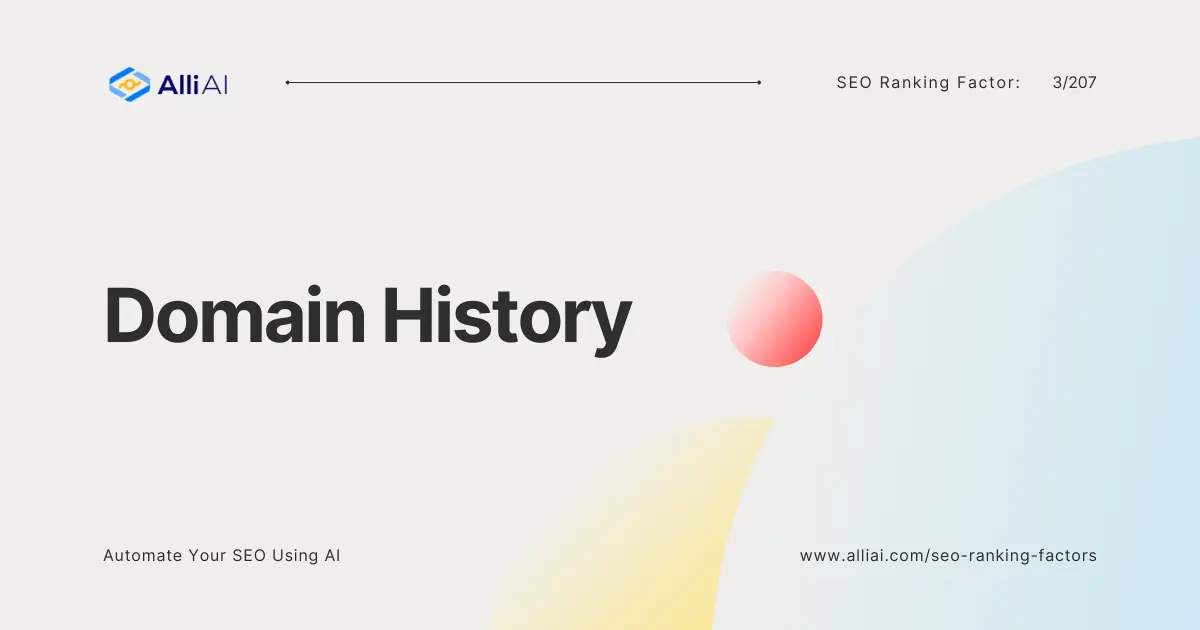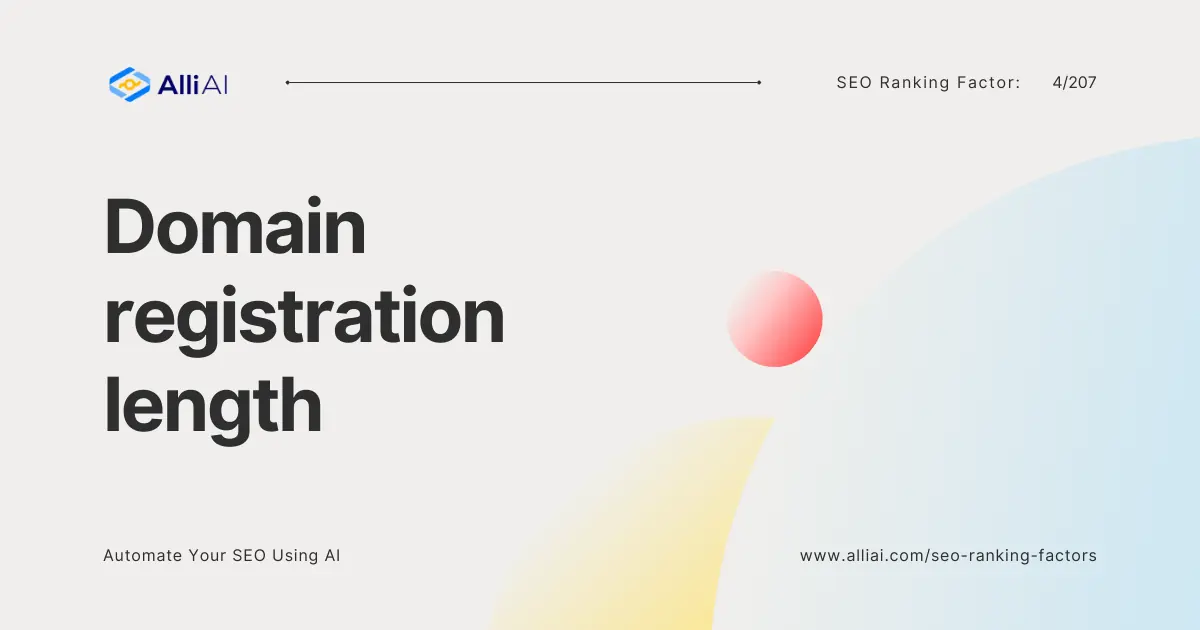Understanding the Importance of Link Location in Content for SEO
Link location in content is a pivotal ranking factor that often goes unnoticed in the vast world of Search Engine Optimization (SEO). Imagine the content on your webpage as a bustling city. Just as the location of a shop or an advertisement in a city can determine the amount of attention and foot traffic it gets, the position of a link within your content can significantly affect its visibility and value both to your audience and to search engines.
Why is Link Location Important in SEO?
Understanding the nuances of different link types is fundamental to mastering link placement:
- Internal Links: These are the hyperlinks that connect pages within your own website. Strategically placed internal links not only enhance user navigation and improve website architecture but also distribute valuable “link equity” (also known as PageRank) throughout your site. This can boost the authority of deeper pages and improve their chances of ranking higher in search results.
- External Links: Also known as outbound links, these direct users to other websites. While they don’t directly contribute to your site’s PageRank, high-quality external links to authoritative sources can signal to search engines that your content is well-researched and trustworthy.
- Nofollow vs. Dofollow Links: The “nofollow” attribute tells search engines not to pass PageRank through a link. While most external links should be dofollow, nofollow attributes can be strategically used for paid links, user-generated content (UGC), or links to less relevant pages to avoid diluting your link equity.
- Sponsored and UGC Links: Google recommends using the “sponsored” attribute for paid links and the “ugc” attribute for user-generated content links. Proper use of these attributes helps maintain transparency and complies with Google’s guidelines.
How Link Location Affects SEO
Link location within content influences SEO in several nuanced ways. Here are some crucial insights backed by relevant statistics and studies:
- Top of the Page Links: Studies suggest that links placed higher within the content are likely to receive more clicks. This behavior can signal to search engines that these links are more relevant, potentially increasing the linked page’s value and authority.
- Contextual Links: Links that are seamlessly integrated within the context of your content are more valuable than those placed in less relevant sections. For instance, a study by Moz indicates that contextually relevant links have a higher probability of being clicked, thereby passing more value than non-contextual links.
- Navigation and Footer Links: While necessary for user navigation, links located in the site’s navigation or footer are often deemed less valuable by search engines from an SEO perspective. Google’s own guidelines suggest that in-content links, which are directly related to the page content, tend to carry more weight.
How Can Alli AI Help with Link Location in Content?
At Alli AI, we understand the critical nature of link placement within content for SEO success. Our tool has been meticulously developed to help you optimize the location of links on your web pages to maximize their SEO value.
- Link Optimization Analysis: Our sophisticated algorithms analyze your website’s content to identify and recommend the most strategic positions for placing your links. This ensures that your links are not only contextually relevant but are also positioned in a manner that maximizes visibility and click-through rates.
- Content & Structure Recommendations: We provide tailored suggestions on how to structure your content to optimize for both user engagement and search engine visibility. This includes guidance on where to place important links within your content to ensure they carry the maximum SEO weight.
- Automated Internal Linking: Recognizing the importance of internal linking, we developed a feature that automates the process of identifying potential internal linking opportunities. This not only enhances user navigation across your site but also distributes page authority throughout your website in a way that boosts overall SEO performance.
- Tracking and Analytics: Monitor the performance of your link placement strategies with our comprehensive analytics dashboard. Understand how changes to link locations affect your page’s SEO and refine your strategies for optimal results.
FAQ
How Often Should I Review My Link Placement Strategy?
It’s advisable to review your link placement strategy periodically, especially when adding new content or re-structuring existing pages. SEO trends and algorithms evolve, so staying ahead requires continuous adjustment and optimization.
Can Link Location Affect My Page’s Bounce Rate?
Absolutely. Strategic link placement can encourage deeper website engagement, leading visitors to explore more of your site rather than exiting after viewing a single page. This can significantly reduce your bounce rate.
Does the Anchor Text of In-Content Links Matter?
Yes, the anchor text of your links plays a critical role in SEO. It provides context to both users and search engines about the linked page’s content, affecting the page’s relevance and authority on specific keywords or topics.
Conclusion
The location of links within your content is more than just a minor detail; it’s a critical SEO factor that can significantly influence your website’s search engine visibility and user engagement. By prioritizing strategic link placement, leveraging tools like Alli AI to optimize your website’s link structure, and continuously monitoring and tweaking your strategy, you can enhance your SEO performance significantly. Remember, in the world of SEO, small optimizations can lead to big results.
